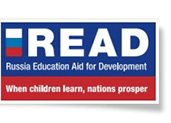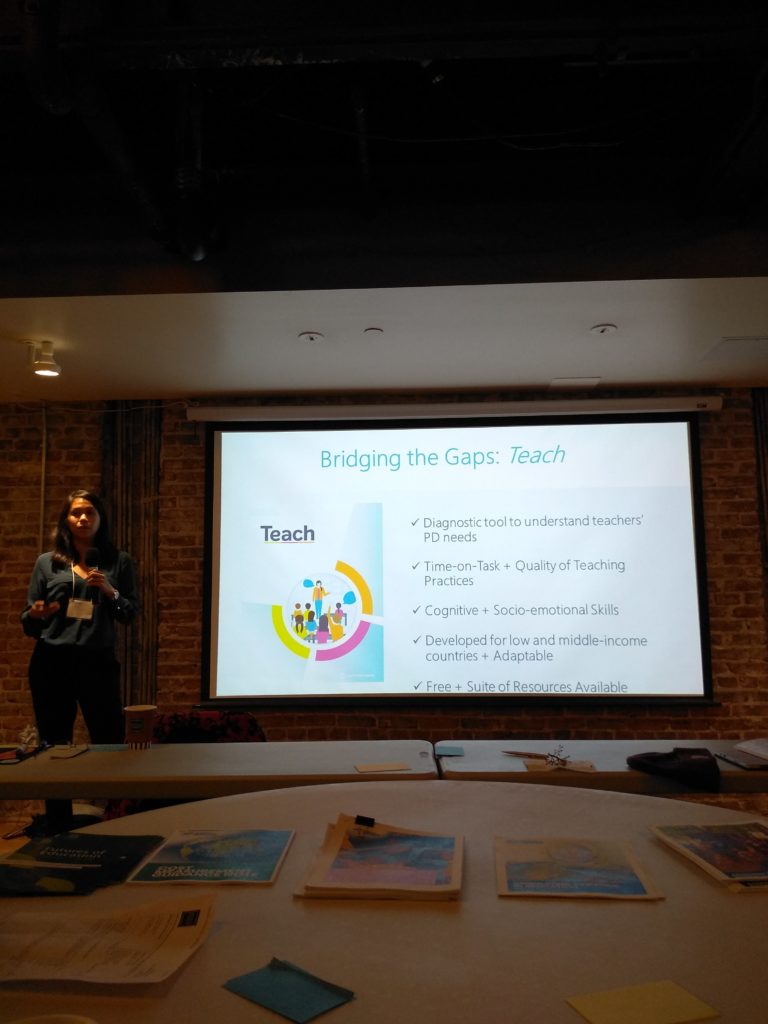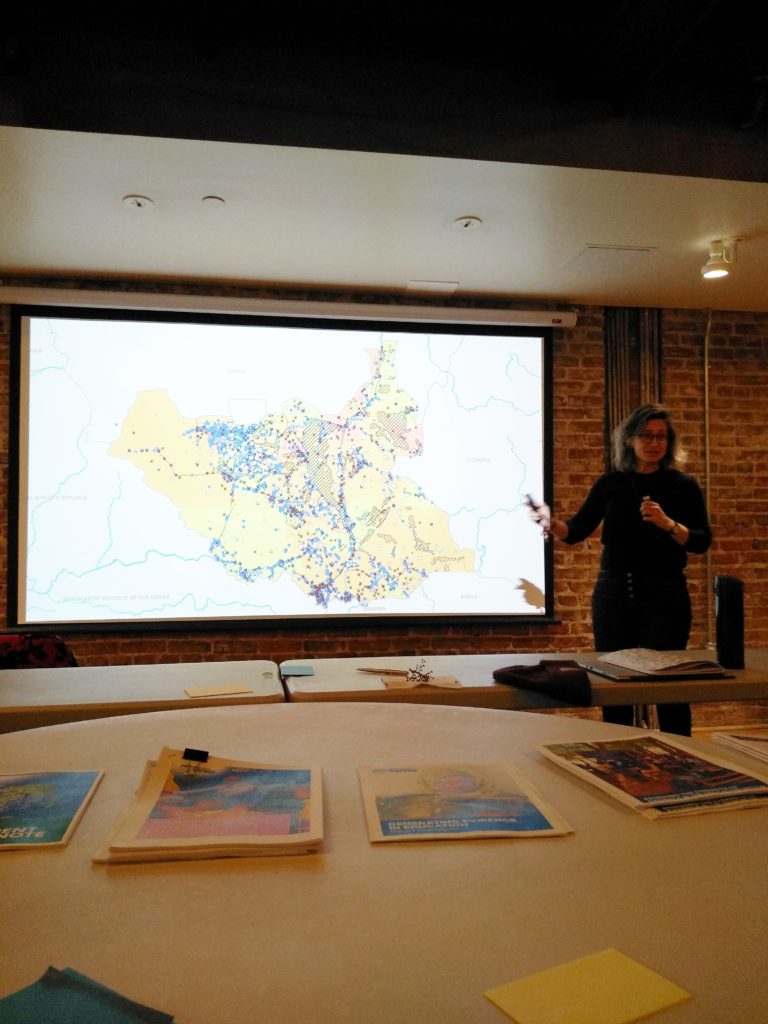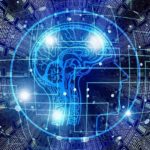October 21-23 2019 a 10th meeting of BE2 working group took place at Washington D.C., USA. Building Evidence in Education (BE2) is a donor working group, launched in 2012. BE2’s aim is to establish how evidence on education is currently curated and used and make recommendations to ensure evidence is properly curated to reach key decision makers at different levels in the education system. The working group’s objectives are to strengthen donor research collaboration and coordination, encouraging higher standards of commissioned research, and promoting the availability and access to rigorous evidence.
The meeting focused on implementation science in education as the main theme, and also included lightning talks and opportunities for exploring research collaboration among BE2 members, as well as sharing reports and outputs from interest groups. Besides that, the meeting agenda included reports and discussions on education systems mapping to support initiatives’ scale-up and updates on systems diagnostics tools; further BE2 plans and activities and a workshop on cost measurement of educational projects.
CICED specialist presented an IRSA (International Research of Student Achievements) cross-country study. Conducted in frames of READ program, this research was launched to build expert capacity in participating countries and implement Russian cutting-edge developments in the field of education quality assessment. The main objective of the research was to determine the relation between student’s achievements and educational environment. These factors were evaluated by SAM (Student Assessment Monitoring) test and Questionnaires for students and teachers respectively and building upon evaluation results a plan of educational interventions was worked out for further education improvement.
As a result of the meeting CICED was included in the interest group for the next BE2 meeting “Assessing the Quality of Education: scaling instruments”; reached agreements on collaboration in a number of international educational researches, localization of SAM in several countries and World Bank “TEACH” education diagnostic tool adaptation.









